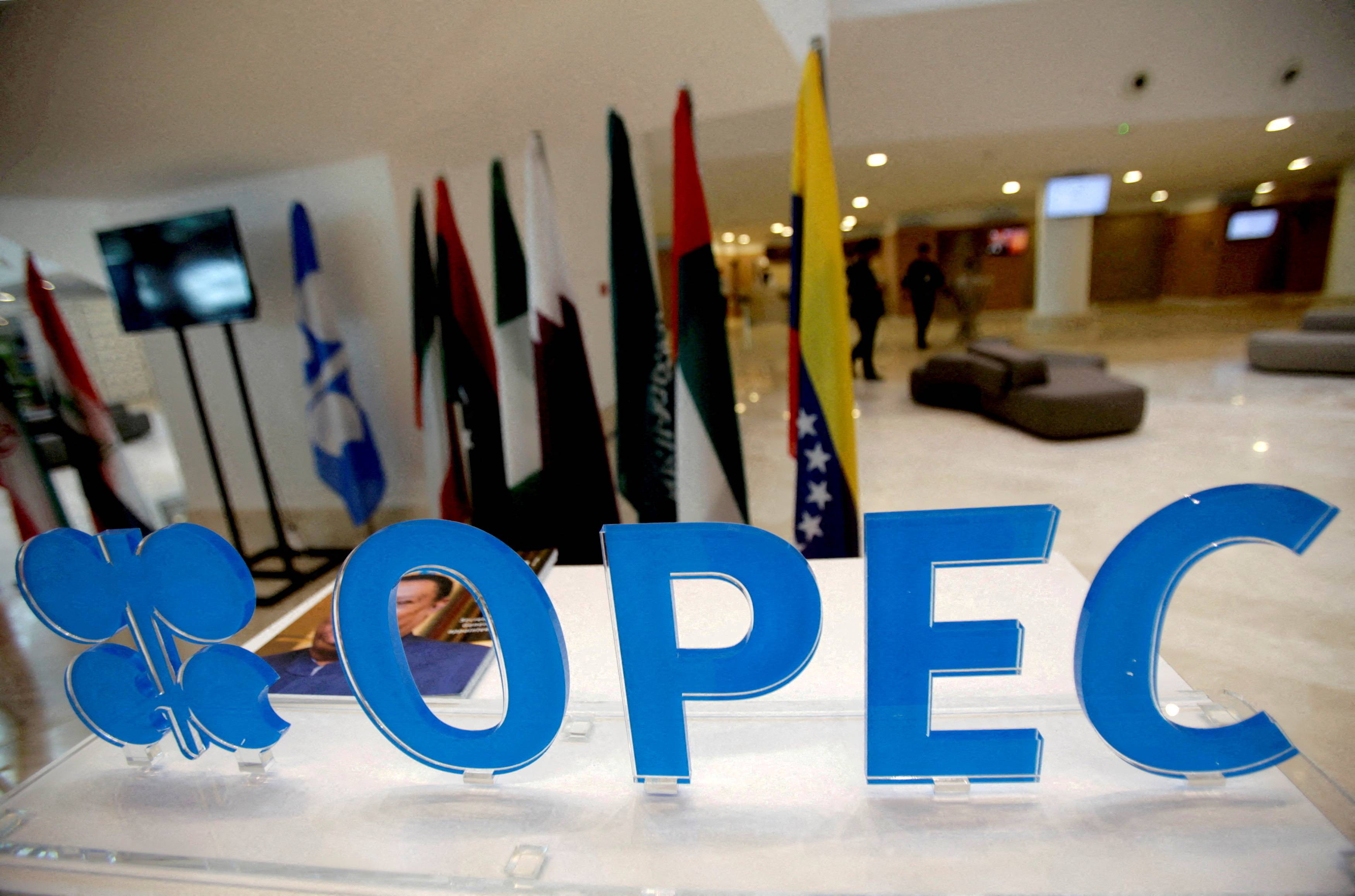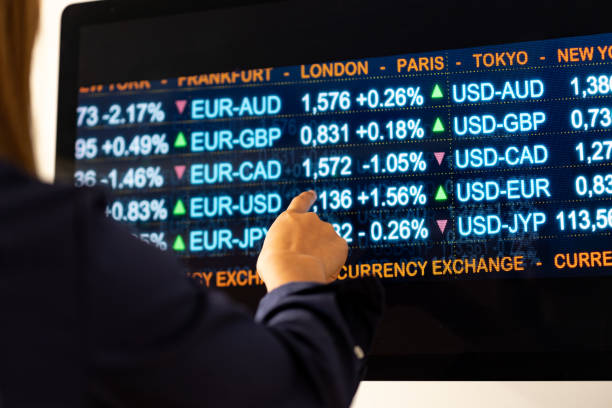Saudi Arabia, Russia to continue additional voluntary oil cuts
[1/2]The OPEC logo pictured ahead of an informal meeting between members of the Organization of the Petroleum Exporting Countries (OPEC) in Algiers, Algeria, September 28, 2016. REUTERS/Ramzi Boudina//File Photo Acquire Licensing Rights
DUBAI, Nov 5 (Reuters) - Top oil exporters Saudi Arabia and Russia confirmed on Sunday they would continue with their additional voluntary oil output cuts until the end of the year as concerns over demand and economic growth continue to weigh on crude markets.
Both countries said their cuts would be reviewed next month to consider extending, deepening or increasing it.
Saudi Arabia confirmed it would continue with its additional voluntary cut of 1 million barrels per day (bpd) translating into a production of around 9 million bpd for December, a source at the ministry of energy said in a statement.
"This additional voluntary cut comes to reinforce the precautionary efforts made by OPEC+ countries with the aim of supporting the stability and balance of oil markets," the source was quoted as saying in the statement.
Following the Saudi statement, Moscow also announced it would continue its additional voluntary supply cut of 300,000 bpd from its crude oil and petroleum product exports until the end of December.
OPEC+, which comprises the countries of the Organization of the Petroleum Exporting Countries (OPEC) and leading allies including Russia, has been cutting output since last year in what it says is preemptive action to maintain market stability.
Oil hit a 2023 high in September at near $98 a barrel for Brent crude, although it has since weakened to trade around $85 a barrel on Friday, despite support from the conflict in the Middle East.
Saudi Arabia, OPEC's de-facto leader, first made the voluntary cut for July as an addition to a broad supply-limiting deal first agreed by some members of OPEC+ in April.
The kingdom said in September it would extend its additional voluntary cut until the end of the year, and review the decision monthly.
Analysts had widely expected the kingdom to confirm it would extend its cut in December.
A June decision by OPEC+ already limits supply into 2024.
The alliance is next due to meet on Nov. 26 in Vienna.
Reporting by Omar Abdel-Razek and Maha El Dahan; Editing by Alexander Smith, Sharon Singleton and David Evans
Our Standards: The Thomson Reuters Trust Principles.
How do futures traders review their trading?
Futures trading is a form of financial speculation that involves buying and selling contracts that represent the future delivery of an asset, such as a commodity, a currency, an index, or a stock. Futures traders aim to profit from the price movements of the underlying asset, without actually owning
Futures night trading hours
Futures are contracts that obligate the buyer or seller to exchange an asset or commodity at a specified future date and price. They are used for hedging, speculation, and arbitrage purposes in the global market. Futures can be based on various underlying assets, such as currencies, commodities, ind
How can futures efficiently increase the success rate of intraday trading?
Intraday trading is a form of trading that involves buying and selling securities within the same trading day, without holding any positions overnight. Intraday traders aim to profit from the short-term price fluctuations of the market, using various tools and strategies to analyze and execute trade
What are the factors that can affect how much money can be made in futures?
Futures trading is a form of financial speculation that involves buying and selling contracts that represent the future delivery of an asset, such as a commodity, a currency, an index, or a stock. Futures traders aim to profit from the price movements of the underlying asset, without actually owning









